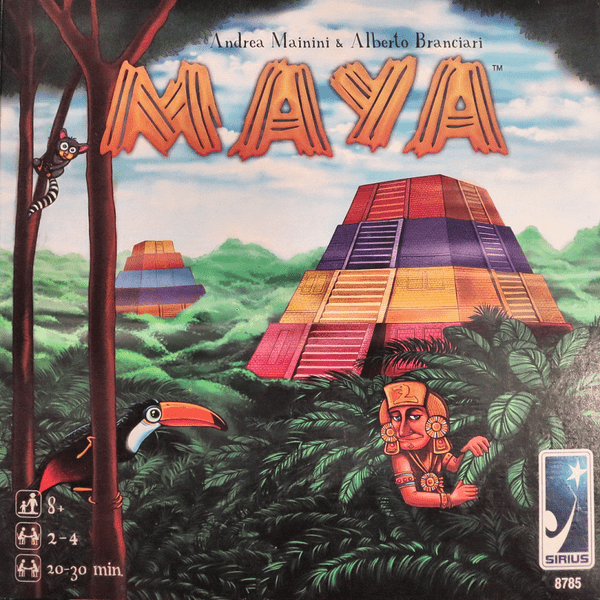Maya (2012) Board Game
Maya is an abstract strategy board game that was released in in 2012. Designed by Alberto Branciari and Andrea Mainini, the game is set in the ancient Mayan civilization and features beautiful artwork by Mariya Pchelnik. Published by Hutter Trade GmbH + Co KG, Maya is designed for 2-4 players, with a recommended age of 8 and up.
Game Components of Tzolk’in: The Mayan Calendar
How To Setup Tzolk’in: The Mayan Calendar
Setting up Tzolk’in involves assembling the four-part board, which can be challenging due to potential manufacturing issues. Players place the central gear and the smaller gears, ensuring they are properly connected. Workers and other components are distributed according to the number of players. In two or three-player games, dummy workers are used to block certain spaces on the board.
Gameplay Mechanics and Game Objective
Player Experience
Tzolk’in: The Mayan Calendar is a game that requires strategic planning and forward thinking. Players must carefully time the placement and removal of their workers to maximize their actions and score points. The game is engaging, with each turn requiring consideration of multiple moves ahead. The dynamic worker placement mechanism adds a unique twist, making the game stand out in its genre. The endgame scoring can be suspenseful, as the final scores are calculated only at the end of the game.
Pros
Cons
Personal Thoughts on Tzolk’in: The Mayan Calendar
Tzolk’in: The Mayan Calendar is a game best suited for fans of worker placement and strategy games. It is ideal for players who enjoy planning multiple moves ahead and managing resources efficiently. The game’s complexity and strategic depth make it more suitable for players aged 13 and above. Despite some potential drawbacks, such as complex setup and limited innovation in strategies, the game remains highly regarded for its unique mechanism and engaging gameplay.
We are supported by our audience. When you purchase through links on our site, we may earn an affiliate commission, at no extra cost for you. Learn more.

